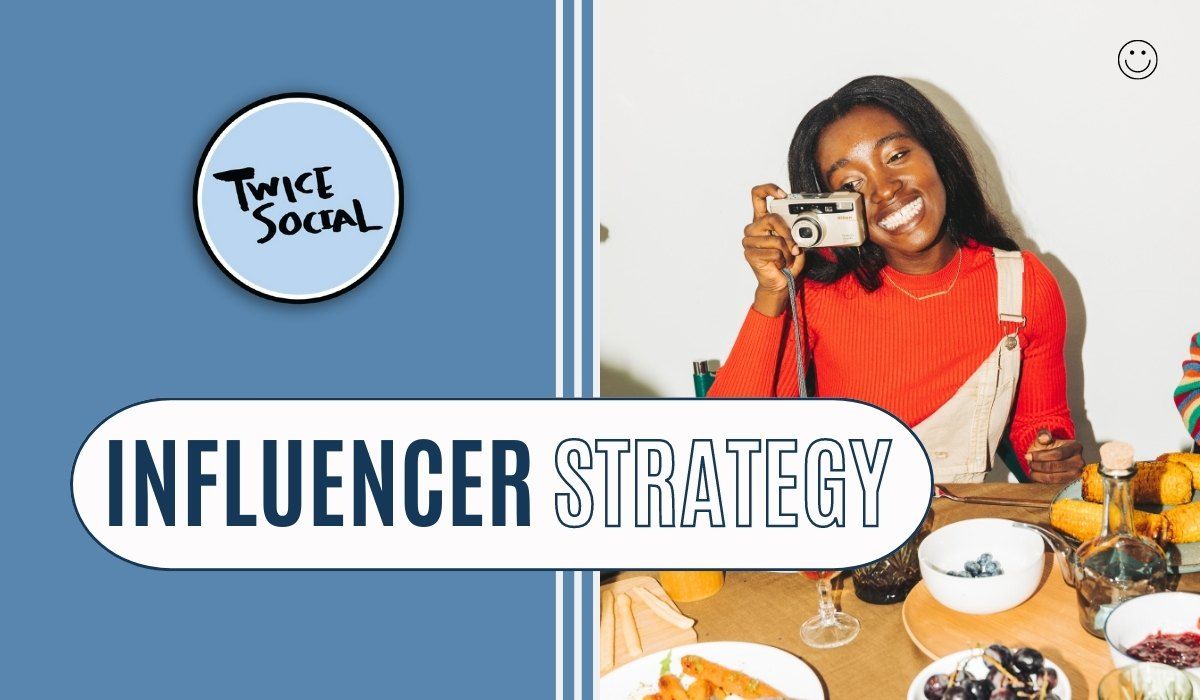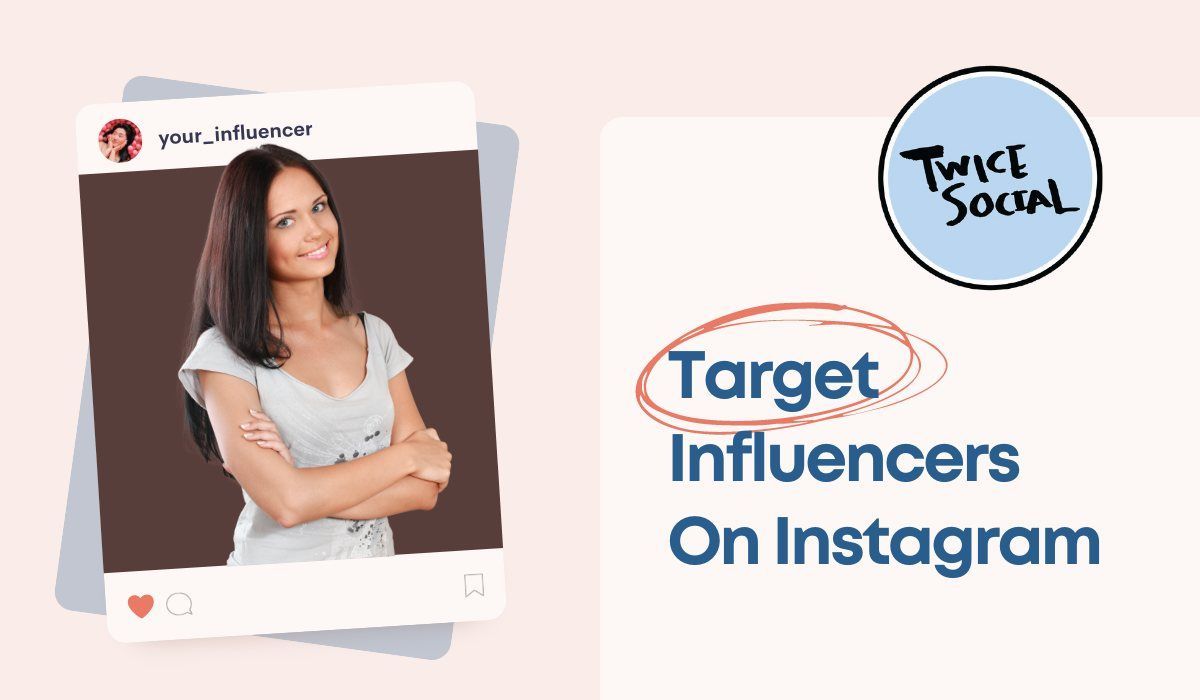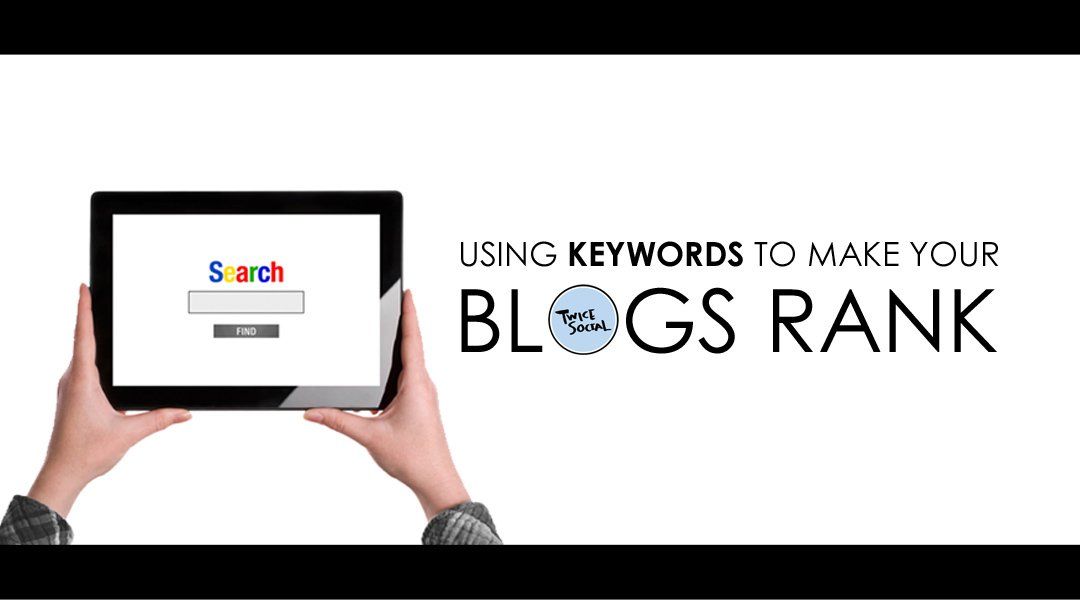Blog Layout
When it comes to brand development, most startups and small brands have it wrong. And, truth be told, it’s not their fault.

When it comes to brand development, most startups and small brands have it wrong. And, truth be told, it’s not their fault. When you study the issue, it becomes apparent that few people are teaching the proper approach. As a result, growth strategies are misaligned and only a limited number of businesses have the framework necessary to achieve the ambitious goals they’re setting.
Where are they messing up, you’re probably wondering? Well, it’s the angle of attack.
The traditional approach to brand development starts with the brand and then goes after the customer. Unfortunately, this resource-intensive approach often comes across as irrelevant and tone-deaf.
The correct approach to brand development is to start with the ideal customer in mind and then develop branding that resonates with the target audience. And the best way to do this is by getting serious about target personas.
What is a Target Persona?
A target persona, also known as a reader persona or audience profile, is basically a document that details who your ideal customer is, what they’re interested in, how they think, what problems they have, and what they’re looking for in a solution.
Target personas are detailed, lively, and dynamic. Some include rich stories, fictional names, and visuals to coincide with the persona’s identity. (It all depends on how creative and thorough you want to be.) Most brands will have somewhere between one and three personas – though it’s possible for larger brands with diverse product lines to have more.
The goal of creating a target persona is not to outline every detail of every possible consumer in the marketplace. The focus is on encapsulating the essence of your target market by creating a persona (or multiple) that can ultimately orient your marketing so that it’s relevant to the right people.
Tips for Developing Highly-Effective Personas
There’s no singular strategy for developing target personas. You can get as creative as you want (or you can copy someone else’s framework and tailor it to your liking). But as you think more about how to create personas that give your brand focus and purpose, we’d recommend considering the following tips:
1. Include These Elements (Minimum)
Every target persona must include a few basic details in order to be considered useful for brand development. This includes:
- Basic demographics. This includes age, gender, education, location, industry, etc.
- Interests and hobbies. You can tell a lot about a person by the types of hobbies and interests they have outside of work and family life. Someone who likes to watch football and play golf is different from someone who enjoys visiting art shows and sipping wine with friends. Uncovering details such as these will help you learn how to communicate more effectively.
- Pain points. What causes stress, anxiety, or frustration in the customer’s daily life? It’s likely that the customer will have multiple pain points, but identify the ones that are sensitive enough that the individual will spend money to solve it.
- Information consumption. Finally, where does the individual get their information? List off specific websites and resources. This will tell you the most effective ways to communicate.
You may choose to go deeper than this, which is fine. But in order for a persona to be a useful tool for honing your brand voice, these are must-have factors.
2. Use a Customer Survey
Not sure how to uncover details about your target customers? If you already have an audience, the best solution is to use a customer survey. Ask direct questions about who they are, what they’re interested in, what pain points they have, and where they get their information.
If you do a good job of incentivizing the right people to complete your survey, you’ll get plenty of data. Sometimes you just have to ask!
3. Tap Into Google Analytics
Google Analytics is a great resource for demographic data. Assuming you have a large enough sample size of data, you should be able to get a feel for location, age, gender, etc. This can be useful in crafting a better content strategy for your website and other digital properties.
4. Practice Social Listening
Finally, you need to listen. And there’s no better place to listen than on social media. We’re giving you permission to be a Facebook stalker! Check out the profiles of people who follow you. Pay particular attention to the ones who engage with your content. Skim their pictures, see what content they’re sharing, and listen to how they talk. You’ll be surprised by how much you can glean from someone’s social profiles.
Twice Social: A Full Service Marketing Agency
Twice Social is a full service marketing agency with locations in Nashville and New York City. If you’re looking for help with brand development or marketing, we’d love to chat! Contact us today to learn more!











